Research
My research interests revolve around strongly correlated fermionic systems across various physical systems, including ultracold gases, nuclear matter within neutron stars, and others. To date, my research has focused on both few-body systems using exact methods and many-body systems employing density functional theory (DFT) methods. Specifically, I am intrigued by pairing correlations among few fermions (check exotic pairing analogue at zero and finite temperatures) and their macroscopic manifestation as superfluidity, along with its implications in the inner crust of neutron stars (check vortex and dynamics in the neutron star inner crust).
Dynamics of a nucleus in the neutron star inner crust
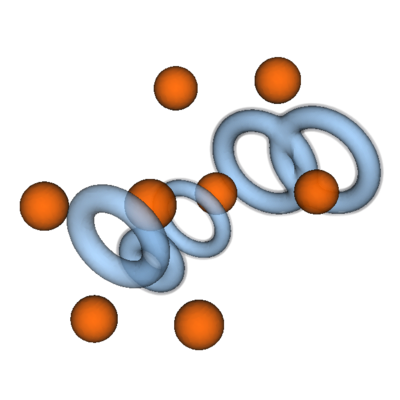 In our latest research, we've developed a new computational tool to peek into the dense layers of neutron star crusts. By combining advanced nuclear physics theories with powerful computing techniques, we've gained insights into how matter behaves in these extreme environments.
Using this tool, we studied how nuclei move through the superfluid neutron medium within neutron star crusts. Our findings shed light on crucial details like effective mass, dissipative mechanisms, and the creation of topological defects — vortex rings. These discoveries not only enhance our understanding of neutron stars but also have implications for other superfluid systems, like liquid helium and ultracold gases.
Our approach allows to find effective parameters by coarse grain local dynamics at smaller scales. That is crucial to build accurate effective models of neutron stars. We've made our WBSk Toolkit publicly available.
In our latest research, we've developed a new computational tool to peek into the dense layers of neutron star crusts. By combining advanced nuclear physics theories with powerful computing techniques, we've gained insights into how matter behaves in these extreme environments.
Using this tool, we studied how nuclei move through the superfluid neutron medium within neutron star crusts. Our findings shed light on crucial details like effective mass, dissipative mechanisms, and the creation of topological defects — vortex rings. These discoveries not only enhance our understanding of neutron stars but also have implications for other superfluid systems, like liquid helium and ultracold gases.
Our approach allows to find effective parameters by coarse grain local dynamics at smaller scales. That is crucial to build accurate effective models of neutron stars. We've made our WBSk Toolkit publicly available.
Internal structure of quantum vortex in neutron matter
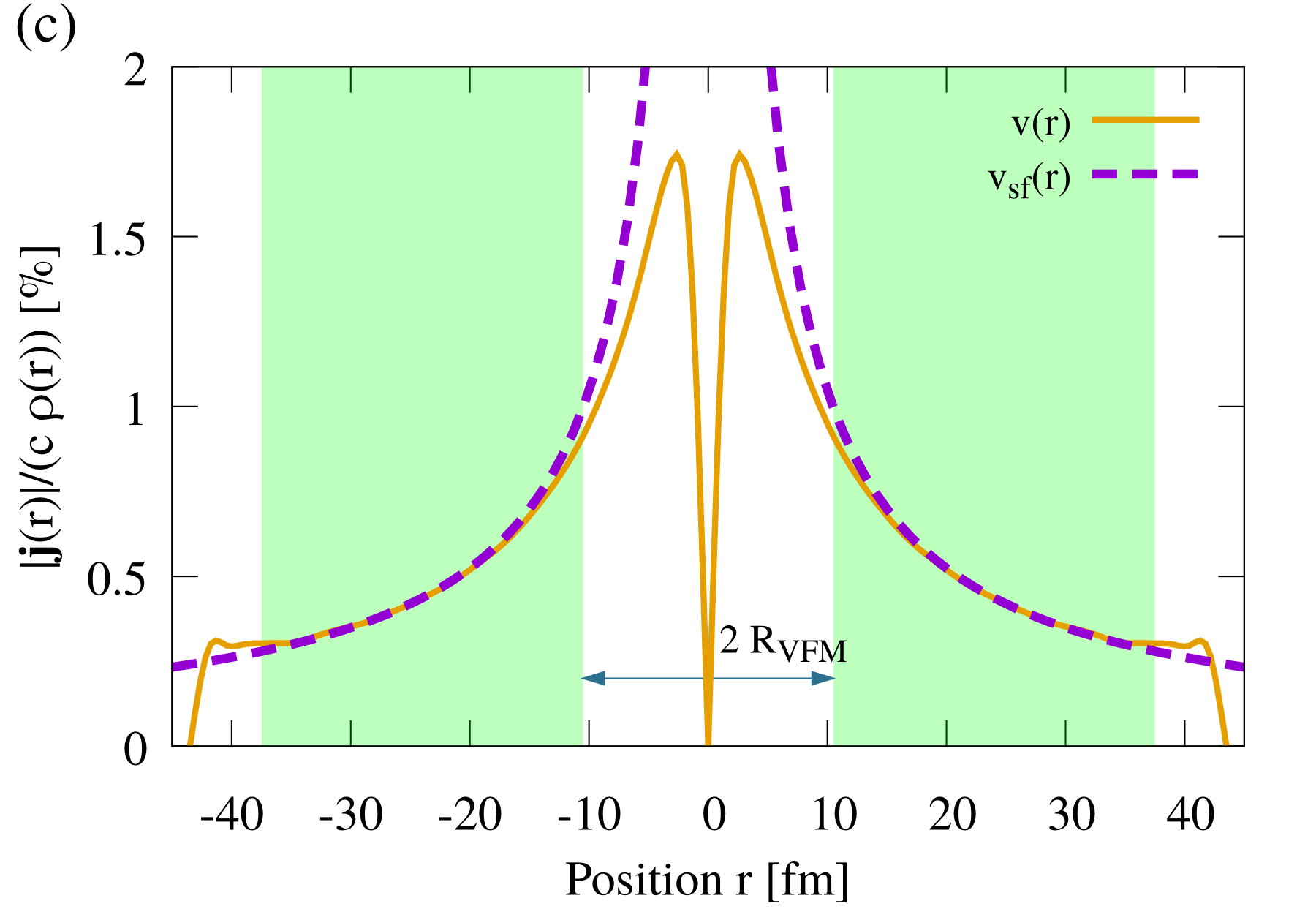 We study the microscopic properties of quantum vortices within neutron matter, spanning various temperatures and densities akin to different layers of neutron star inner crusts. Employing advanced computational techniques, we conducted extensive 3D Hartree-Fock-Bogoliubov calculations, utilizing cutting-edge nuclear energy-density functionals tailored for neutron superfluidity in astrophysical environments. We found the properties of these vortices, including their effective radius, specific heat, and potential spin polarization in magnetars.
We study the microscopic properties of quantum vortices within neutron matter, spanning various temperatures and densities akin to different layers of neutron star inner crusts. Employing advanced computational techniques, we conducted extensive 3D Hartree-Fock-Bogoliubov calculations, utilizing cutting-edge nuclear energy-density functionals tailored for neutron superfluidity in astrophysical environments. We found the properties of these vortices, including their effective radius, specific heat, and potential spin polarization in magnetars.
Our findings might shed light on building effective mesoscopic models, such as the vortex filament model, where effective parameters originate from microscopic fundamentals. These, in principle, could be used to understand various aspects of neutron star dynamics, such as the famous glitch phenomenon or the cooling of stars.
Exotic FFLO-like pairing in a few-body system
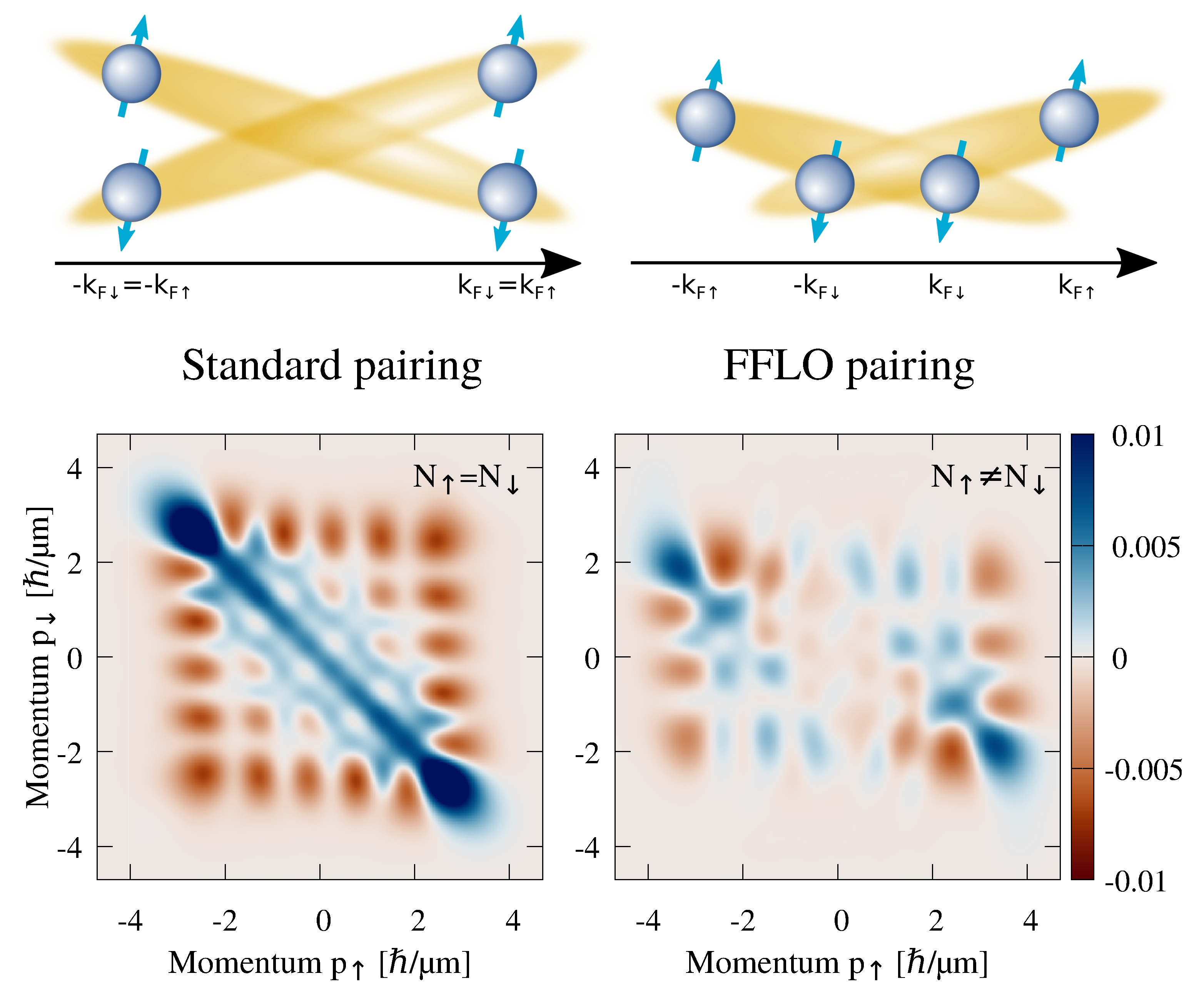 We investigate the behavior of a small group of attractively interacting fermionic 6Li atoms confined in one-dimensional harmonic traps. Through comprehensive analysis utilizing noise correlation techniques, we reveal compelling evidence of strongly correlated fermionic pairs in the Fulde-Ferrell-Larkin-Ovchinnikov (FFLO) state. These findings highlight the universality of exotic pairing mechanisms, even in non-uniform and non-many-body systems. By showcasing the detectable signatures of the FFLO phase in our confined system, we demonstrate the potential for direct experimental verification using state-of-the-art techniques. Our approach offers a promising avenue for studying unconventional pairing phenomena and collective behavior transitions in quantum systems.
We investigate the behavior of a small group of attractively interacting fermionic 6Li atoms confined in one-dimensional harmonic traps. Through comprehensive analysis utilizing noise correlation techniques, we reveal compelling evidence of strongly correlated fermionic pairs in the Fulde-Ferrell-Larkin-Ovchinnikov (FFLO) state. These findings highlight the universality of exotic pairing mechanisms, even in non-uniform and non-many-body systems. By showcasing the detectable signatures of the FFLO phase in our confined system, we demonstrate the potential for direct experimental verification using state-of-the-art techniques. Our approach offers a promising avenue for studying unconventional pairing phenomena and collective behavior transitions in quantum systems.
Mass imbalance

My main current scientifical interest is the problem of two-component mixtures of fermions in few-body systems. The mass imbalance in a one-dimensional system of strongly interacting particles leads to spatial separation in the single-particle density. In a harmonic potential, the heavy species is localized in the center, while the other species (light particles) is pushed outside of the trap. In the box trap, the heavy particles are pushed outside and the light component stays in the middle (see figure). This phenomenon does not depend on the number of particles and is quite robust to thermal fluctuations. What is more, this is a very basic effect that also does not depend on the statistics of particles (it is seen for Bose-Bose and Bose-Fermi mixtures as well).
Raman scattering in atomic vapors

During my master thesis, I researched the phenomena present in hot Rubidium vapors. Such medium can be used to generate and store a quantum bit of information. In a writing process, a laser pulse is used to create a spin wave in the vapors and a heralded photon that can be detected. Such photon carries information about the spin wave. In the reading process, one uses a laser pulse to annihilate the spin wave and create a photon with the exact state of the photon annihilated in the writing process. I showed how the dynamics of the system changes when the Doppler broadening (which causes both the reading and the writing at the same time) and thermalization are included.
Harvesting Entanglement
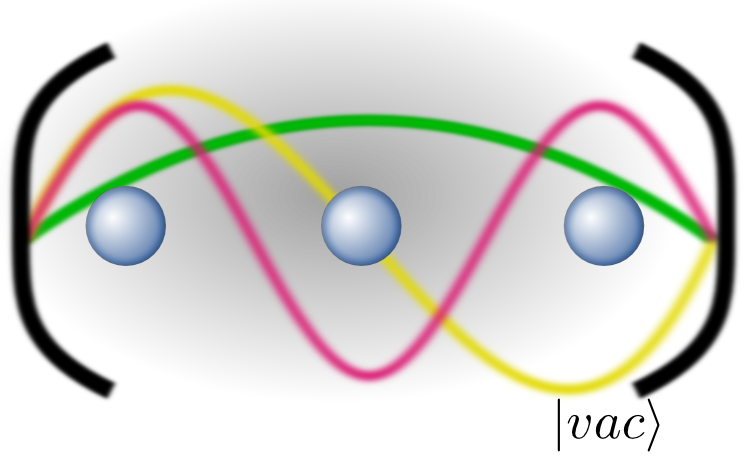
We studied three particles coupled to the vacuum state of a cavity. We found that after some time, the tripartite entanglement is produced in the system. This is surprising since the particles are not causally connected. The only medium that connects the particles is the quantum field inside the cavity.
Hobby
There is nothing more enjoyable than solving a mystery. Many (simple) things are mysteries for me but the simplicity does not take a bit from the fun that is connected with playing with new (or sometimes quite old) ideas.
Travelling Daniel Problem (Genetic alhorithm) 
The problem is as follows: for a given list of cities (let's say the capital cities of South America) we want to find the shortest path. By going along this path we want to visit every city only once (the problem is known as Travelling Salesman Problem). Even for such a small number of cities, we have a lot (12!=479,001,600) of possibilities. It's easy to imagine that harnessing the brute force will quickly fail after adding a few more destinations. A possible way to solve this problem is a genetic algorithm which optimizes paths around the continent by evolution. We do not know if we will get the shortest path, but it is very close to the shortest (see figure).
Lennard-Jones gas (CUDA) 
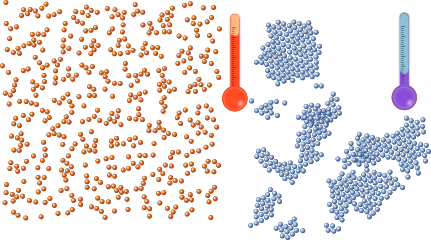
This project was about simulating the Lennard-Jones model of a gas. In this model, it is assumed that gas interacts via van der Waals forces. This many-body problem may be easily parallelized and solved much faster with CUDA graphic cards (orders of magnitude faster). Here in the picture, one can see a structure that is forming when the temperature is lowered and gas is solidifying.